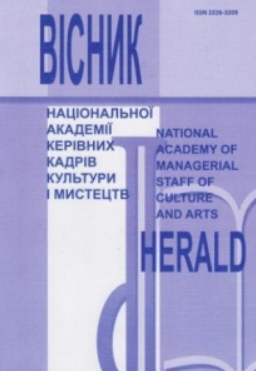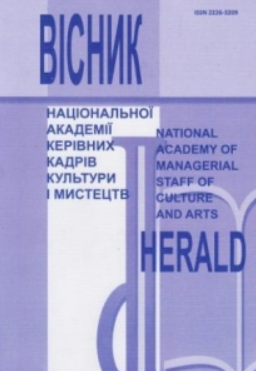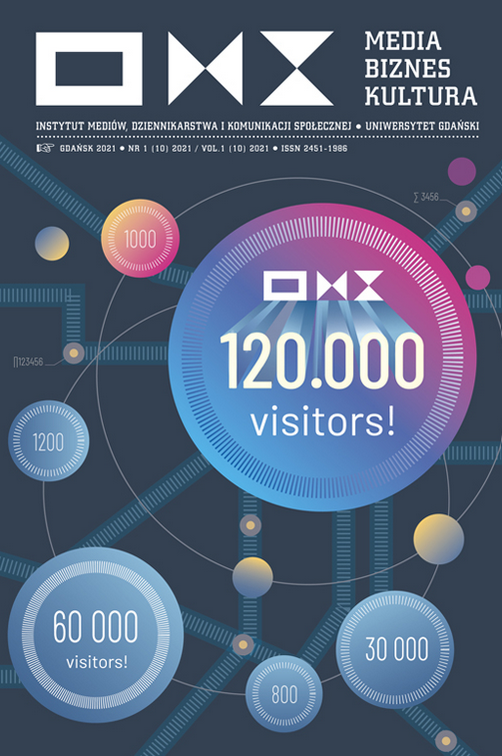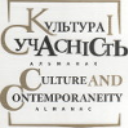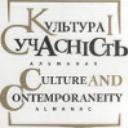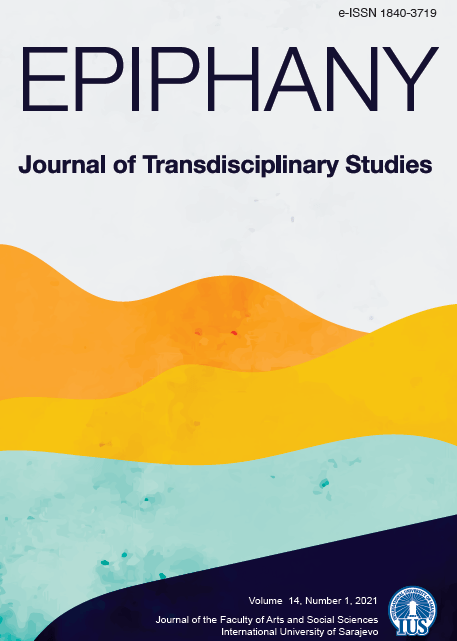Author(s): Iryna Vitaliyivna Ivashchenko,Victoriya Strelchuk / Language(s): Ukrainian
Issue: 39/2021
The purpose of the article is to reveal the peculiarities of the theatrical direction of O. Korsunovas and analyze the innovation of his director's vocabulary. Methodology. Comparative and structural methods were applied, which contributed to the identification of the originality and diversity of innovative directorial vocabulary; the method of art history analysis, the typological-structural method, and the method of artistic-compositional analysis of stage works, thanks to which the director's "toolbox" has been studied and structured, etc. Scientific novelty. The directorial activity of Oskaras Koršunovas is investigated in the context of the leading strategies of modern European theater; based on the art historical analysis of the performances "There to be here", "Old" by D. Kharms, "Hello Sonya, New Year" by A. Vvedensky, "P.S. case OK "S. Parulskis," Roberto Zucco "B.-M. Colts, “Hamlet” by W. Shakespeare and others, the innovative ways of representation applied by the director were revealed and analyzed; the characteristic features of the director's vocabulary were determined and it was proved that it is an open and dynamic system that develops under the influence of urgent problems of modern society; previously unknown factual material was introduced into scientific circulation. Conclusions. The art of directing by O. Korsunovas is one of the most striking examples of contemporary theater, which deals with the problems of a modern person, and the specificity of its content and form emphasizes the crisis of representation of the late 20th - early 21st centuries, manifests itself through deep changes in relation to action, feelings, scene perception, fragmentation, the crisis of bodily mediation and invariant supports of representation, both at the level of setting and at the level of reception. Directing by O. Korsunovas is distinguished by a fundamental innovation of views, a desire to destroy the ideological, artistic, and methodological limitations of theatrical direction, a unique interpretation of classical plays as modern ones, with an emphasis on contemporary moments, an experimental development on the basis of a theatrical laboratory of unique metaphor and imagery. The research revealed that the characteristic features of O. Korsunovas' directorial vocabulary are: application of the principle of deformation, contrast, and transformation, which take the form of a tragic grotesque; coding in elements of presentation of principles related to the specifics of drama; using the subject as an abstract construction; the use of the chorus - an element of classical Greek theater - in the performances of works of modern drama, etc.
More...
